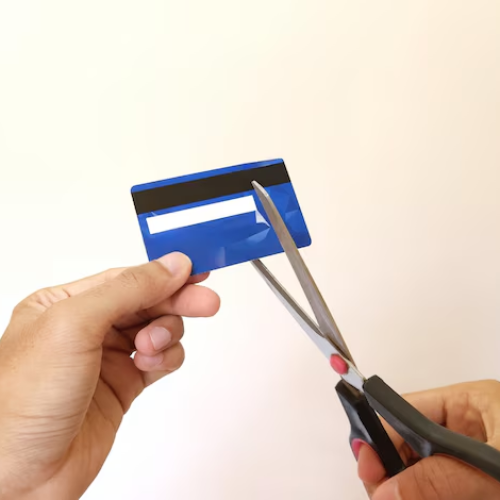The decision to give a child a credit card is something many parents in the United States consider, especially since the U.S. financial system values building credit history early on. However, this choice requires careful attention and responsibility, as it can directly impact the child’s financial future.
A credit card can be a useful tool to teach financial literacy, build healthy spending habits, and, in some cases, start establishing credit before adulthood. On the other hand, poor usage can lead to debt and damage to a credit score, which can affect everything from buying a car to getting approved for a rental.
Here’s how to know when it might make sense to consider this decision, and what precautions to take so the experience is positive and safe.
When It Makes Sense for a Child to Have a Credit Card
There’s no legal minimum age to have a credit card in the U.S., but minors under 18 usually only gain access by being added as authorized users on a parent’s or guardian’s account. Below are four situations where this choice can be beneficial.
1. Building Credit Early
Adding your child as an authorized user on a well-managed credit card can help create a positive track record on their credit report. This means that when they reach adulthood, they’re more likely to be approved for their own credit lines with better interest rates.
This strategy works best if the parent’s account has on-time payments and a low utilization rate (percentage of the credit limit in use).
2. Teaching Responsibility
Having a card, even with a low limit, helps a child or teen understand concepts like budgeting, spending caps, and the importance of paying the balance in full. This hands-on experience can be more effective than just having theoretical conversations about money.
Ideally, parents should monitor transactions in real time, and many card issuers offer apps to make that possible.
3. For Emergencies
A credit card can be useful in unexpected situations, such as when the child is traveling for a sports tournament, school trip, or outing with friends. It ensures they have quick access to funds without carrying large amounts of cash.
In these cases, the card should be limited to specific, pre-agreed situations.
4. Simplifying Recurring or Specific Purchases
If your teen is involved in activities with regular expenses, such as ride-share apps, streaming subscriptions, or school supplies, a credit card can simplify managing those costs.
By linking these purchases to a monitored card, parents can easily track where the money is going and maintain control.
Precautions to Take in This Case
Allowing a child to have access to a credit card is a decision that demands clear rules and ongoing oversight. Without supervision, the risk of debt or a poor credit history increases. Here are some key tips.
1. Set Clear Rules for Use
Before handing over the card, outline with your child what can and cannot be purchased, what the spending limit is, and in which situations they need to ask for permission.
Putting these rules in writing, or posting them somewhere visible, can help prevent misunderstandings.
2. Monitor Transactions
Use the monitoring tools offered by the bank or card issuer. Many apps send instant notifications for every purchase, allowing you to catch unauthorized spending right away.
It’s also worth reviewing the statement with your child each month so they can see the impact of every purchase on the bill.
3. Teach About Interest and Payments
Explain that paying only the minimum balance can lead to high interest charges, in the U.S., they can exceed 20% annually. Show how paying in full avoids debt and keeps credit healthy.
A good practice is to encourage your child to set aside the money before making a purchase on credit, ensuring they can pay it off when the statement closes.
4. Start With a Low Limit
When starting out, choose a card with a low limit, something between $100 and $300. This can be enough to learn how to handle credit without significant risk.
This amount helps maintain control while still allowing the child some independence for small purchases or emergencies.
Is It Worth Giving Your Child a Credit Card?
Giving your child a credit card can be an excellent opportunity to teach them financial responsibility and even help them start building a solid credit history. However, the decision should be made carefully, with rules in place, active monitoring, and encouragement of healthy habits.
The most important thing is that the card is viewed as a learning tool, not as extra money. With proper guidance and supervision, this experience can prepare your child for a safer and more responsible financial life.
All information in this and other BOISLA articles is subject to change over time. Please check for updates directly with the institutions and companies mentioned. Approval is subject to the institution’s review.
REFERENCES:
Read more about finances in https://boisla.com/category/blog/





